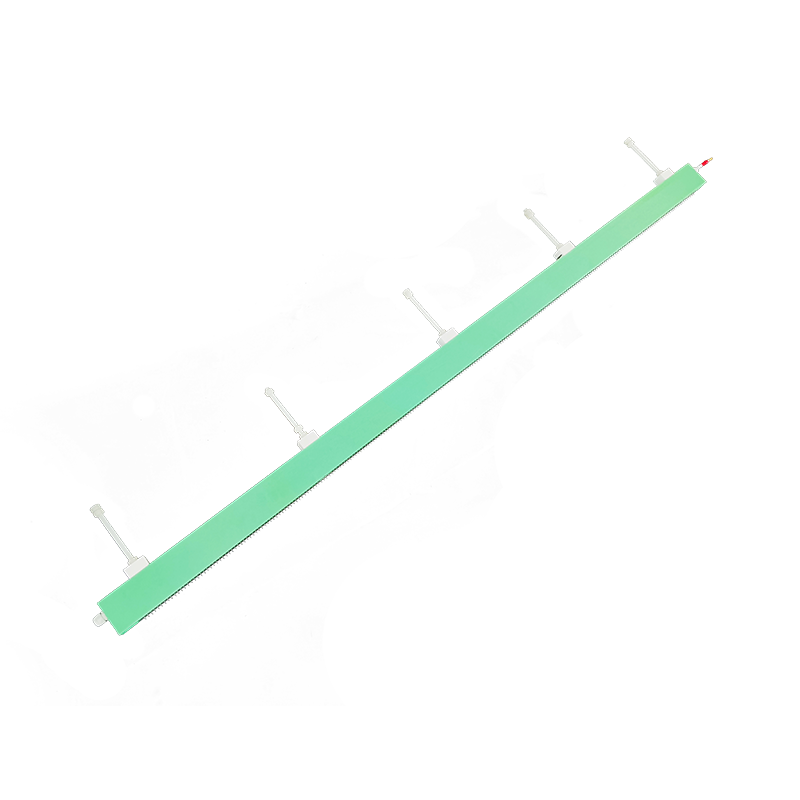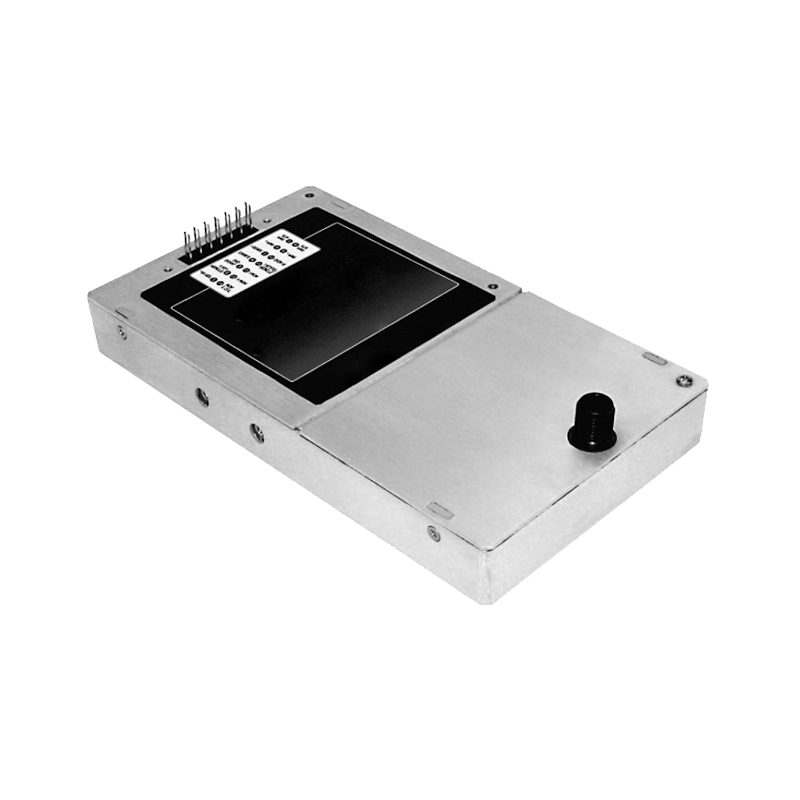Key Technologies for Extending Electrode Lifespan in Excimer Laser High-Voltage Power Supplies
Excimer lasers, as core light sources in the deep ultraviolet spectrum, are indispensable in semiconductor lithography and medical ablation. Their high-voltage power supply electrodes face severe corrosion and thermal stress under high-frequency discharge in fluorine-containing plasma, leading to degraded discharge uniformity and laser output attenuation. Extending electrode lifespan has become critical for enhancing system reliability and reducing operational costs. This article analyzes three key dimensions: material innovation, structural design, and process optimization.
I. Material Innovation: Amorphous Alloy Coatings Against Fluorine Corrosion
Traditional copper electrodes readily form copper fluoride (CuF₂) in fluorine gas discharge, causing surface pulverization. Studies show that laser-clad Cu-Zr amorphous alloy coatings (0.5–1.0 mm thick) on brass substrates significantly improve corrosion resistance:
• Amorphous Structure Advantage: The Cu-Zr amorphous phase (50–60 wt.% Zr) lacks grain boundaries, blocking fluorine ion diffusion;
• Conductivity Preservation: Electroless copper plating pretreatment maintains conductivity comparable to pure copper;
• Thermal Stability: Zirconium forms a dense ZrO₂ layer, suppressing carbide generation at high temperatures.
Tests confirm 3× longer lifespan in ArF lasers (193 nm) and 40% reduced discharge fluctuation.
II. Structural Design: Low-Tortuosity Through-Holes Mitigate Plasma Focusing
Surface microstructure design directly affects discharge homogeneity. Traditional planar electrodes develop hot spots under high power, accelerating local ablation. Through-hole arrays (5–6 μm diameter, 60 μm spacing) optimize plasma distribution:
• Reduced Ion Transport Resistance: Vertical channels shorten ion diffusion paths, preventing edge discharge concentration;
• Thermal Stress Dispersion: Honeycomb structures absorb thermal expansion stress, inhibiting crack propagation.
Time/frequency-shaped femtosecond laser processing (aspect ratio up to 47:1) limits machining loss to <1%, avoiding energy density loss.
III. Process Optimization: Laser Cladding and Pretreatment
Manufacturing processes determine coating adhesion and uniformity:
1. Powder Pretreatment:
• Cu-Zr amorphous powder (50–80 μm) sensitized with SnCl₂ and activated with PdCl₂ enhances adhesion;
• Electroless copper bath (CuSO₄·5H₂O 10–20 g/L + NaH₂PO₂ 20–30 g/L + H₃BO₃ 20–30 g/L) ensures uniform deposition at pH 7–9.
2. Laser Cladding Parameters:
• Power density 1.0–2.0 kW, scan speed 1–5 mm/s, powder feed rate 50–80 g/min, achieving porosity <0.3%;
• Mechanical polishing (Ra ≤0.3 μm) eliminates microprotrusions that trigger localized discharge.
IV. Future Challenges and Directions
Two bottlenecks remain:
1. Thermal Expansion Coefficient Matching: Graded composite coatings (e.g., Cu-Zr/TiN stacks) are needed to prevent delamination under thermal cycling;
2. Ultra-Thick Electrode Machining: Femtosecond laser pulse sequencing requires refinement for <1% taper error in 260+ μm electrodes.
As solid-state pulse power technology (e.g., SiC modules) matures, electrodes will face 30 kV+ operating voltages, necessitating coordinated design of voltage resistance and insulation.
Conclusion
Extending excimer laser electrode lifespan demands multidisciplinary innovation integrating materials science, structural mechanics, and plasma physics. Amorphous coatings fundamentally block fluorine corrosion, microhole structures optimize thermal dynamics, and precision manufacturing ensures performance. Future advancements will focus on the integrated design of high corrosion resistance–high conductivity–high thermal dissipation electrodes, particularly with the rise of high-voltage fast-charging and solid-state battery systems.




















